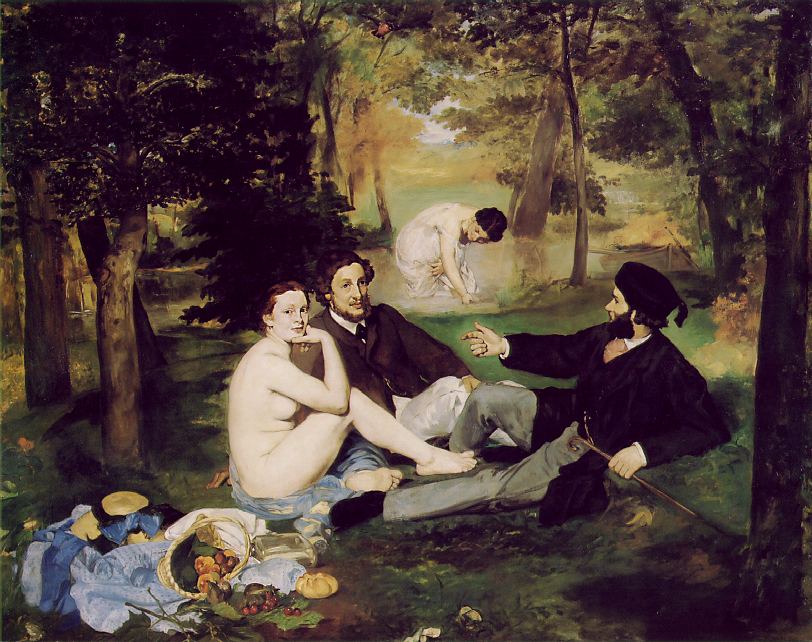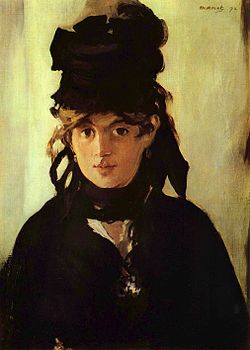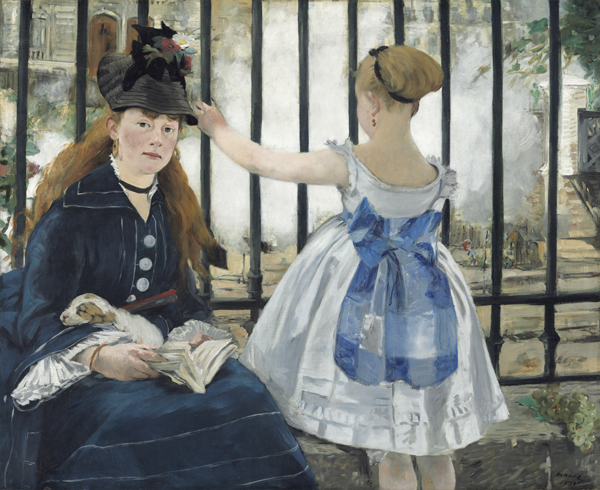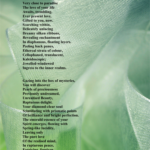Lunch on the Grass
Manet, Bellows and the surprising pleasure of the unknown
We were thrilled to attend a ‘friends and family’ private showing event at the Royal Academy of Arts in London last week. It’s a superb building, Burlington House, close to Piccadilly Circus and Green Park, and the RA brings together some wonderful exhibitions.
Manet (1832–1883)
Somewhere along the line, many people will have heard of and seen French artist Édouard Manet’s famous painting ‘Le Dejeuner sur l’herbe’, or Luncheon on the Grass, even if you’re not an art afficionado. It’s a large oil painting which resides in a museum in Paris, with a smaller version in the Courtauld gallery in London, currently on show at the RA. It created a scandal when it was first aired in 1862, largely because of the female nude and the scantily clad bather, alongside two fully clad gentlemen, and a subtext which implied all kinds of (at the time) illegal, immoral and impossible things going on, but also because of Manet’s style of painting which led to him being described as ‘The Man Who Invented Modern Art’.
Manet once said, he ‘felt like a man who knows his surest plan to learn to swim safely is, dangerous as it may seem, to throw himself into the water’.
It was fascinating to see these famous and important works on display, to get up close and examine the way the paint had been applied, the ‘unfinished’ look of some, with evident brushstrokes, the colours, the talent and flair, and also the expression of Manet’s life unfolding through his paintings. Because Manet often painted his friends and family, not only models and sitters, and he included contemporary figures such as novelist Emile Zola, poets Baudelaire and Mallarmé, Antonin Proust, and fellow artist Berthe Morisot, whose face is perhaps one of the most well-known amongst his many portraits, so there is a relevance, involvement and intimacy which is charming.
Manet’s artistic development straddled the time between the formal painted portrait as the main form of rendering one’s likeness in a lasting form, and the rapidly developing age of photography and daguerreotypes and their more immediate and realistic representation.
My sense of Manet’s work is that he brought an informality and naturalness to his portraits of people and their lives, and their interweaving with his own life, with a casualness that was daring for its time, yet retained startling realism and depiction of his subjects.
Some of the perspectives and uses of light and shade, and of so many hues of black, especially those I observed in ‘The Railway’, are stunning, and Manet rightly deserves his accolades as an inventor, if not The Inventor of Modern Art.
Some have said these paintings are not the best of his work, and there may be some gems missing from this exhibit; however for me it demonstrates his acute observations and his sympathetic and daring statements capturing life through his eyes and hands.
George Bellows (1882 – 1925)
In contrast, I had not previously encountered artist George Bellows. My loss, as I found his work most engaging and exciting. Bellows was a gifted artist who found success and fame early in life. He has been described as “one of the most innovative and versatile artists of his time”. In 1913, at the age of 30, he became the youngest ever artist to be elected an Associate of the National Academy of Design.
His exhibit depicts Modern American Life, and as his career coincided with the industrialisation of the USA, he witnessed the rapid growth of New York, which became a frequent subject for his work.

George Bellows, Stag at Sharkey’s, 1909
Photograph: George Bellows/The Cleveland Museum of Art, Hinman B Hurlbut Collection
His early work concentrates on boxing matches, some very gritty and earthy scenes which exude a raw power and the almost animalistic movements and postures of the boxers are visceral, you can almost smell them.
There is a vigour and life in his work which captures early 20th century America with great precision and power, the scenes of New York very much reminding me of films about gang life, and there are also many touching works illustrating the poverty and grim hardships encountered by immigrants and the underprivileged.
Bellows’ war paintings are also powerful, showing scenes from the First World War in varying forms from huge oil paintings to lithographs. They are quite disturbing in their violence and stark reality. As Bellows did not witness WWI at first hand, they were interpreted from The Bryce Report which had recounted eye witness accounts of atrocities perpetrated by the German army on Belgian citizens.
In contrast, in terms of subjects, his later works have many vibrant and invigorating cityscapes, seascapes and landscapes and scenes of winter revelry and snow which are exquisite. I was very taken with ‘Easter Snow’ and also ‘Love of Winter’, so full of life and exuberance and colour.

George Bellows, Love of Winter, 1914
Photograph: George Bellows/The Art Institute of Chicago, Friends of American Art Collection
Together with the numerous portraits of women, many of his wife, Emma, and his family, which are very tender and beautifully rendered, there is a wide scope and huge talent on display, and it was an unexpected, unanticipated joy to discover George Bellows and his thought-provoking work.
Highly recommended ****
The Manet Exhibit continues until 14th April, George Bellows until 9th June 2013.
Discover more at Royal Academy of Arts







Speak Your Mind